Perhaps Eastern Europe isn’t at the top of everyone’s travel wish list. Much of the area has been missed by prospective visitors because of its association with the Communist period, its battles in the 1990s, and its border issues in recent years.
Eastern Europe, however, is a pleasant surprise, thanks to its assortment of charming, pastel-colored old towns, wonderful ancient history, thrilling nightlife, and an environment ranging from enormous lakes to soaring mountains. Mixtures of history, culture, landscape, and ethnicity make this region of Europe a fascinating tourist destination.
25. Vilnius

Vilnius, the capital of Lithuania, has a stunning old town. Baroque buildings dot the streets of this old town. The Gothic Saint Anne’s Church, the 16th-century Gate of Dawn, and the Neo-Classical Vilnius Cathedral round out the architectural variety on display.
Vilnius is home to Europe’s largest baroque old town and has a plethora of bars and cafés tucked away in its quaint streets and lined along its enchanting courtyards. Vilnius has approximately 20,000 students, turning it into a lively location with flowing beer and great music after the sun goes down.
24. Minsk
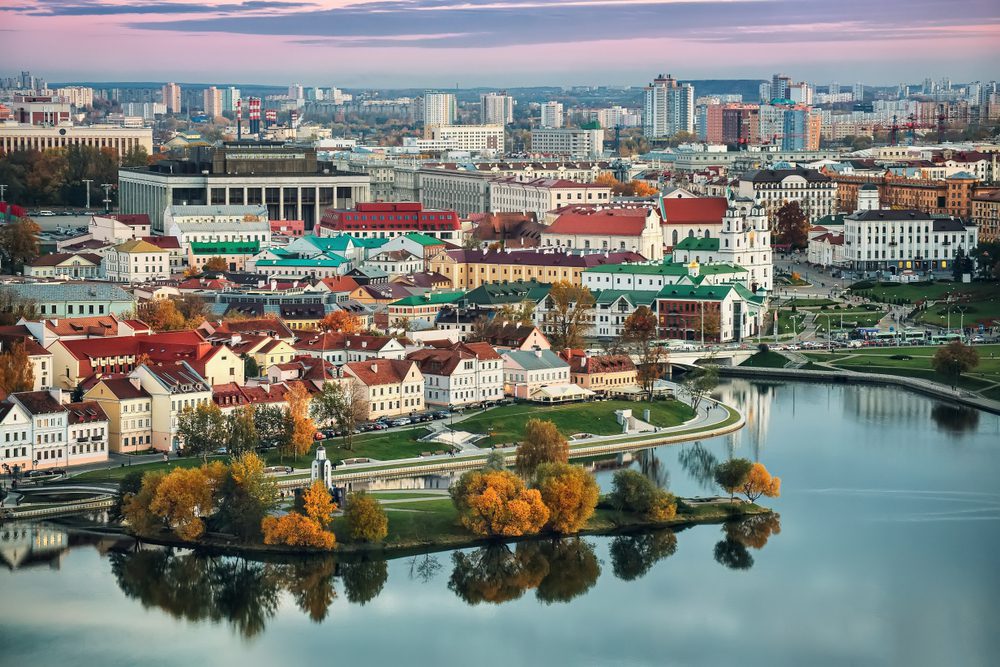
As the country’s seat of government, Minsk serves as the heart and soul of Belarus. Unfortunately, the city’s historical monuments and structures were all destroyed during World War II. Therefore, most of Minsk is comprised of Stalinist architecture, including Independence Square, a massive former KGB headquarters, and more modern, highly spectacular churches.
Minsk is a cool place to hang out with a coffee thanks to its many trendy cafés, excellent restaurants serving global cuisine, and intriguing museums and galleries. It’s a modern, forward-thinking city with plenty of places to party into the early evening.
23. High Tatras
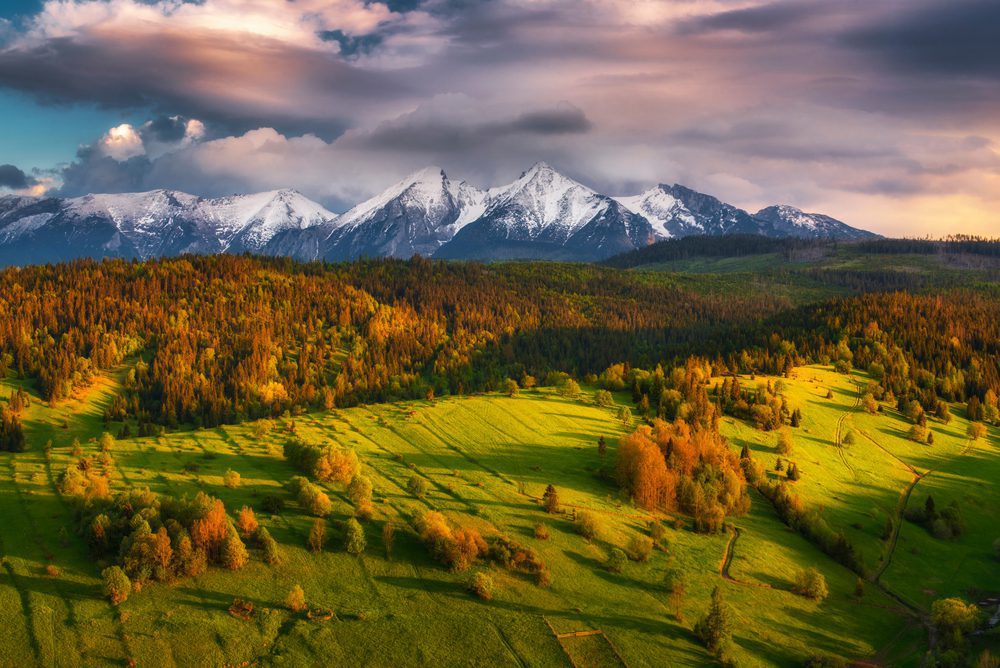
The Carpathian Mountains are the highest in Europe, and their tallest range is right on the border with northern Slovakia. As the highest point in the country, Mount Krivan is a source of national pride for the Slovak people and a popular destination for hikers.
Skiers go to the High Tatras in the winter to enjoy the snowy slopes, while hikers enjoy the area in the summer for its over a hundred emerald lakes, flowing waterfalls, and Alpine meadows. Accommodations, from luxurious lakeside hotels to basic mountain cabins, make it possible to spend the night in this natural wonder.
22. Sofia
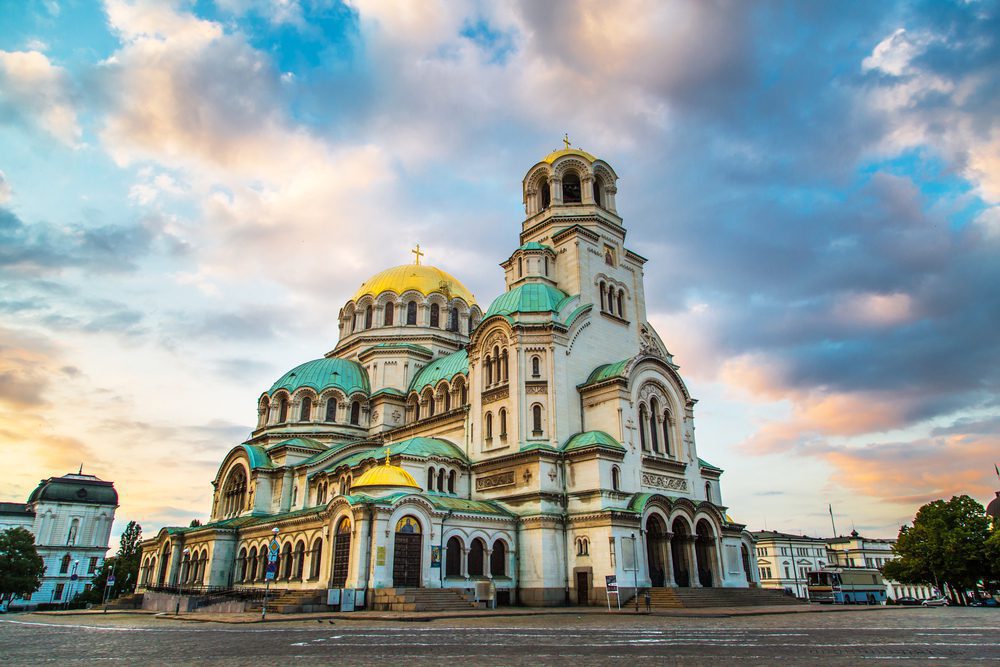
Sofia, the capital of Bulgaria, can be found in the western part of the country. Because of its strategic location in Europe, it has been a magnet for both conquerors and inhabitants for the better part of two millennia. There are Ottoman mosques, Greek temples, Roman ruins, and Soviet monuments all reflected in the city’s architecture and landmarks.
Sofia has a surprising young vibe for a city of its age; locals like to relax in the city’s lush parks and take leisurely strolls down the boulevard. You can spend your day exploring the many museums and galleries, or you can party the night away at one of the many restaurants and clubs.
21. Butrint National Park
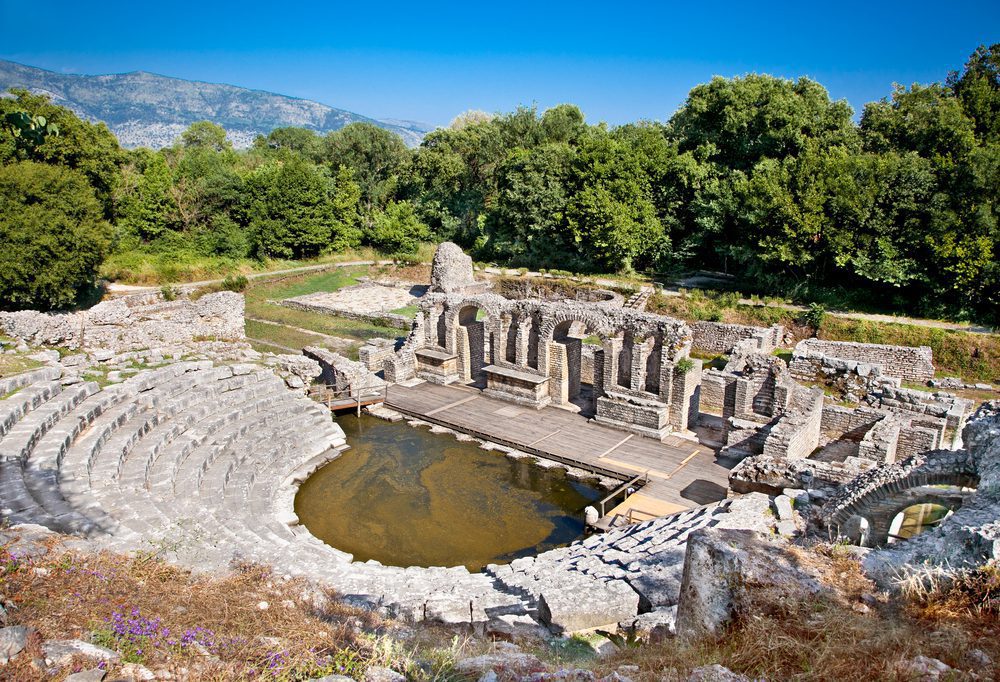
Across the sea from Corfu lies Butrint National Park in Albania, a little-visited Balkan mystery. It has lakes, marshes, grassy plains, wetlands, and even ancient sites, so it’s pretty much everything a national park should be. The site of Butrint itself, which in Latin is spelled Buthrotum, is rich with well-preserved historical structures, including a Roman theater and a Greek acropolis.
The park also has a number of secluded, rocky islands, one of which is home to Ali Pasha Castle, a Venetian castle built in the 15th century. Tourists seeking a place to stay in Butrint should choose one of the city’s few unpretentious, family-run lodgings.
20. Cesky Krumlov
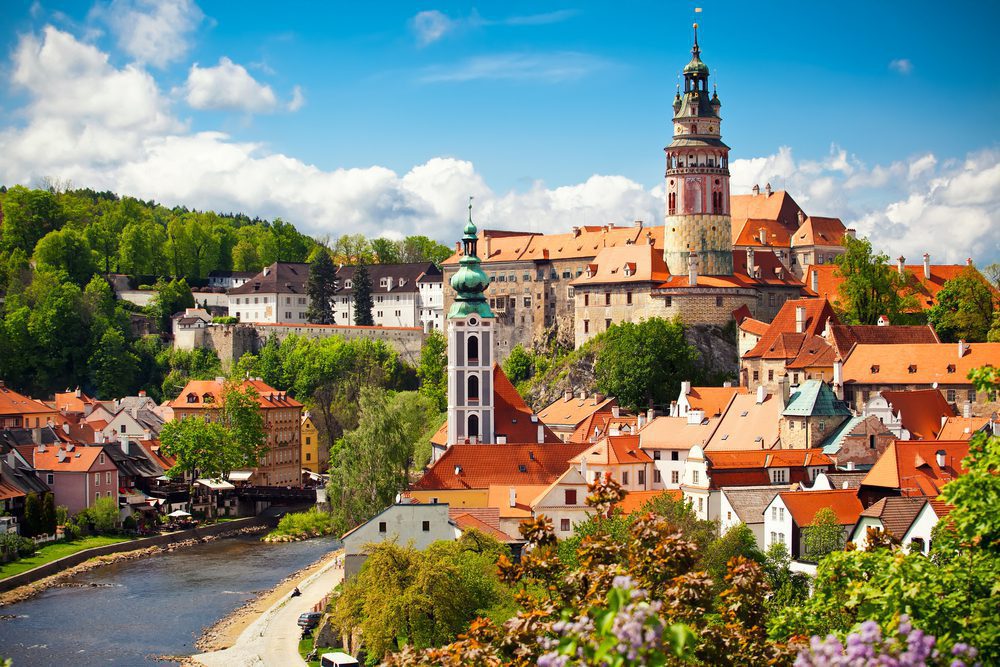
Cesky Krumlov is a city in South Bohemia, Czech Republic. With its orange-tiled roofs and picturesque riverside of the Vltava River, backed by green, rolling hills, this historic city is a must-see for every traveler.
The town’s skyline is dominated by a castle from the 13th century that has a patchwork of architectural styles from earlier centuries. Visitors can also admire the town’s exquisite Baroque theater.
In terms of aesthetics alone, this is a town that should not be overlooked. You should visit in the summer and stay until the sun goes down to really experience the city’s vibrant nightlife.
19. Golden Ring
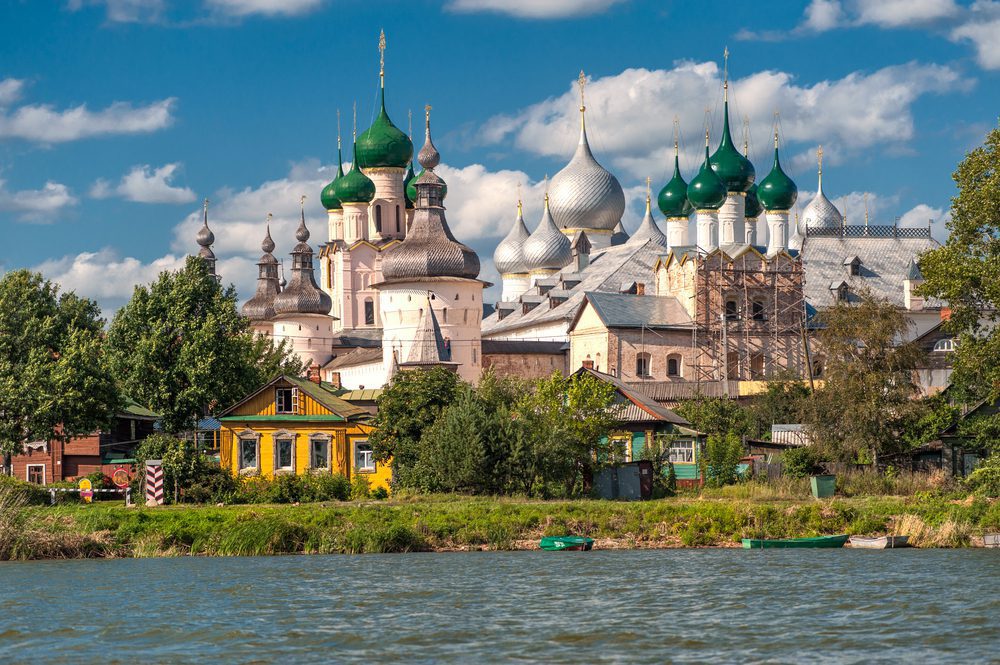
Located far to the northeast of Moscow, these are some of the most historic cities in all of Russia. Due to their importance in the origins of Russia and the Rus tribe that built it, the medieval towns that make up the “Golden Ring” have been designated as open-air museums.
Sergiyev Posad, Kostroma, Ivanovo, Vladimir, Suzdal, Yarislavl, Perislavl-Zalessky, and Rostov Veliky are some of the major towns. Notable religious landmarks include the Troitse-Sergieva Lavra monastery, which dates back to the 14th century, as well as great structures like Yarislavl and other churches that reflect the tale of a thousand years of Russian Orthodox history.
18. Warsaw
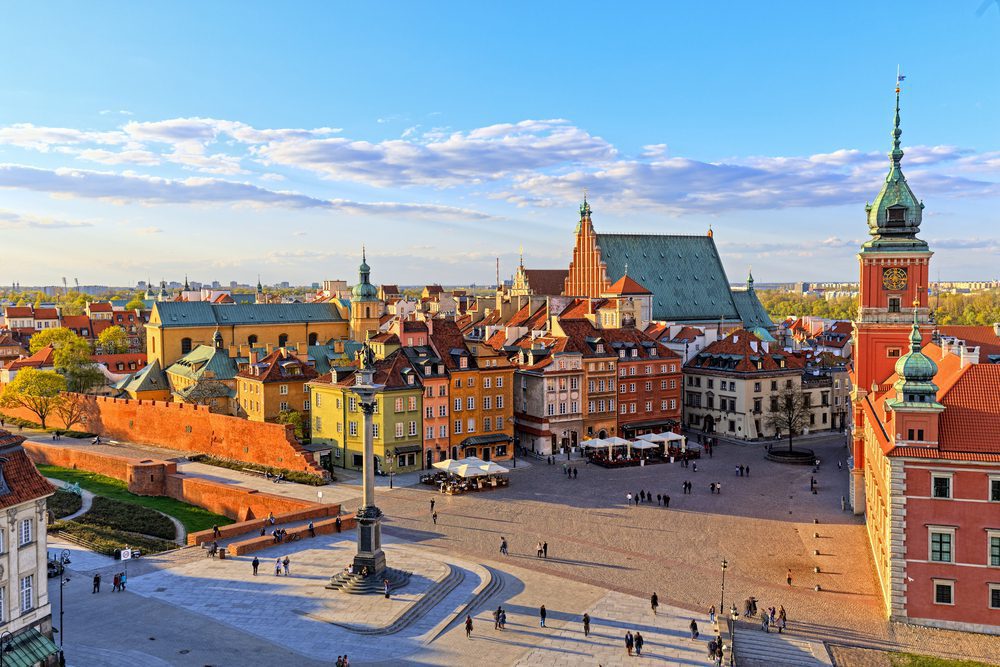
Warsaw, the capital of Poland, has a long and complex history, including several periods of violent warfare. For instance, the old town was completely wiped out during World War II and suffered extensive damage as a result. It has been painstakingly restored to its medieval splendor, however, and the brilliantly colored townhouses make for a pleasant though rather artificial area to stroll.
There are many different styles of architecture in the city, and you can find modern cafes and bars. It’s a great place to visit if you prefer spending time in the great outdoors, and it also has a wide variety of restaurants and some impressive cooking going on.
17. Lake Balaton
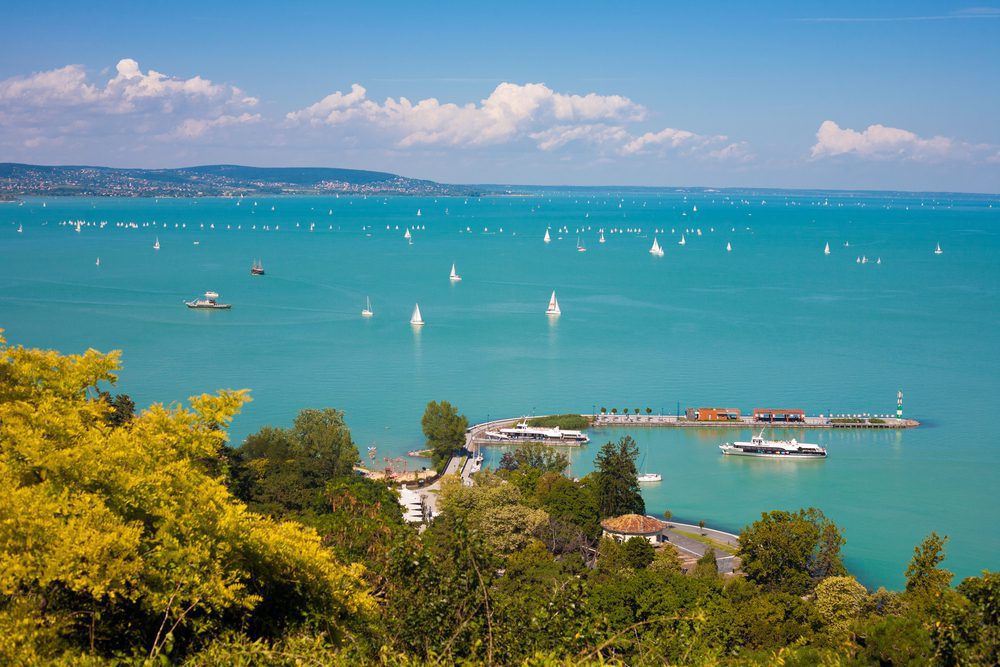
Lake Balaton, in western Hungary, is a popular tourist destination due to the abundance of resort towns and sandy beaches that line its shoreline. It is the biggest lake in Eastern Europe and is sometimes referred to as the “Hungarian Inner Sea” because of its proximity to the country’s capital and the volcanic hills that surround it.
Szigliget, a town with a medieval fortress, and Tihany, the oldest medieval town in the region, can be found on the northern shores. An exquisite Baroque abbey serves as the focal point of this old town.
Vineyards dot the hills around Lake Balaton, earning the area international renown for its wine production. In the warmer months, many people go to the water in sailboats or windsurfers.
16. Mostar

The Old Bridge across the Neretva River in Mostar, Bosnia and Herzegovina, is a major tourist attraction, and the city’s name, Mostar, comes from the word for “bridge keeper,” mostari. After being commissioned by the invading Ottomans in 1556, construction of the bridge was interrupted 427 years later, in 1993, when Croat forces demolished it during the Balkan Wars.
Although you can easily visit Mostar for the day from neighboring Croatia, we recommend spending at least one night there to really appreciate the city. As the daytrippers go, the restaurants along the cobblestone streets perched above the river begin to glow.
15. Riga
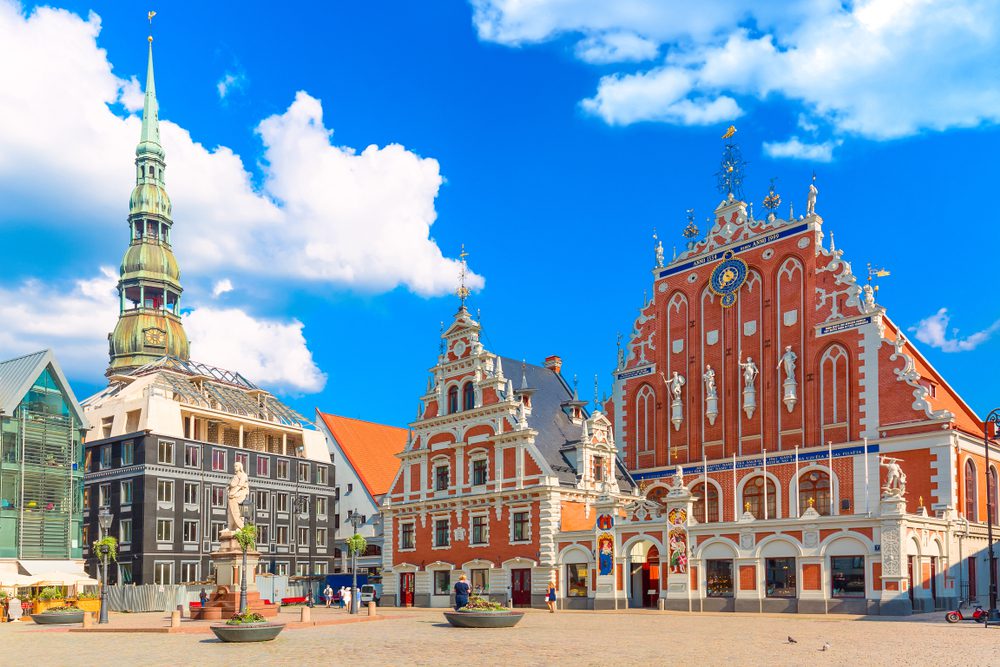
Riga, the capital of Latvia, is a city that successfully blends old and new on the coast of the Baltic Sea. Here, culture and the old-world charm of the city’s cobblestone streets create a vibrant and stimulating urban environment.
The beautiful old town has a mix of Art Nouveau buildings and Gothic spires, and the city’s bustling central market is the place to stock up on cheese, sausage, and black bread for a picnic in one of Riga’s many lovely parks. When nighttime rolls around, go to one of the numerous bars for a refreshing drink or a pint of the regional brew.
14. Lake Ohrid
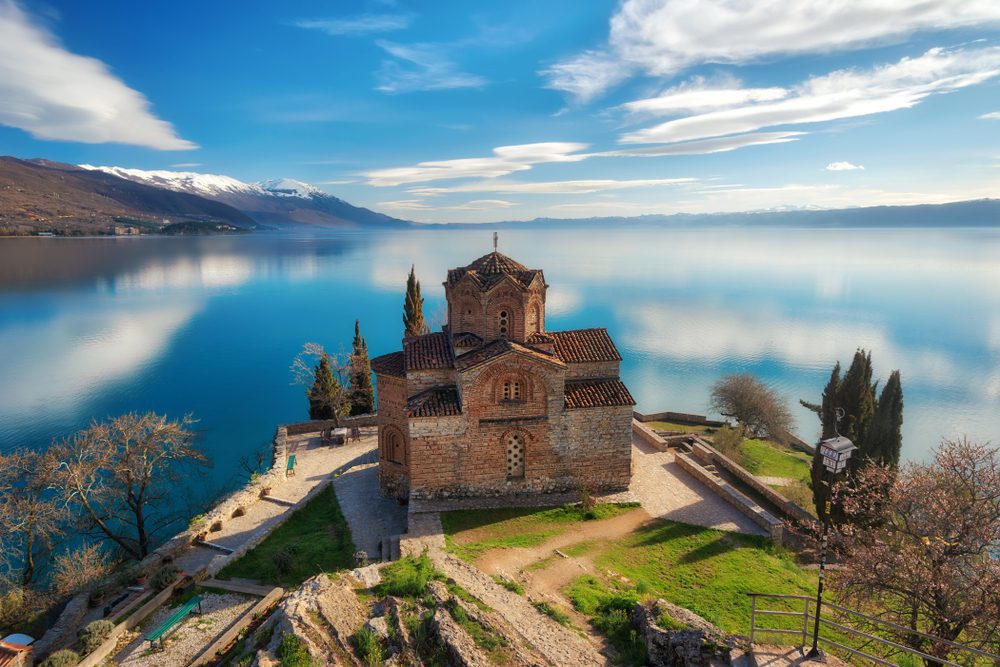
Lake Ohrid, which is located in the region bounded by Macedonia and Albania, is not only one of the deepest but also one of the oldest lakes in Europe. Because most of the lake is located in Macedonia, that country provides an excellent home base for exploring the area.
For example, Ohrid’s old town has medieval buildings, cozy bed-and-breakfast inns maintained by friendly local families, and a labyrinth of winding roads paved with cobblestones. Towards the south end of the lake, the 905-year-old Sveti Naum Monastery is a sight to see, both inside and out, thanks to the breathtaking vistas it offers of the lake and the surrounding mountains.
13. Plitvice Lakes National Park
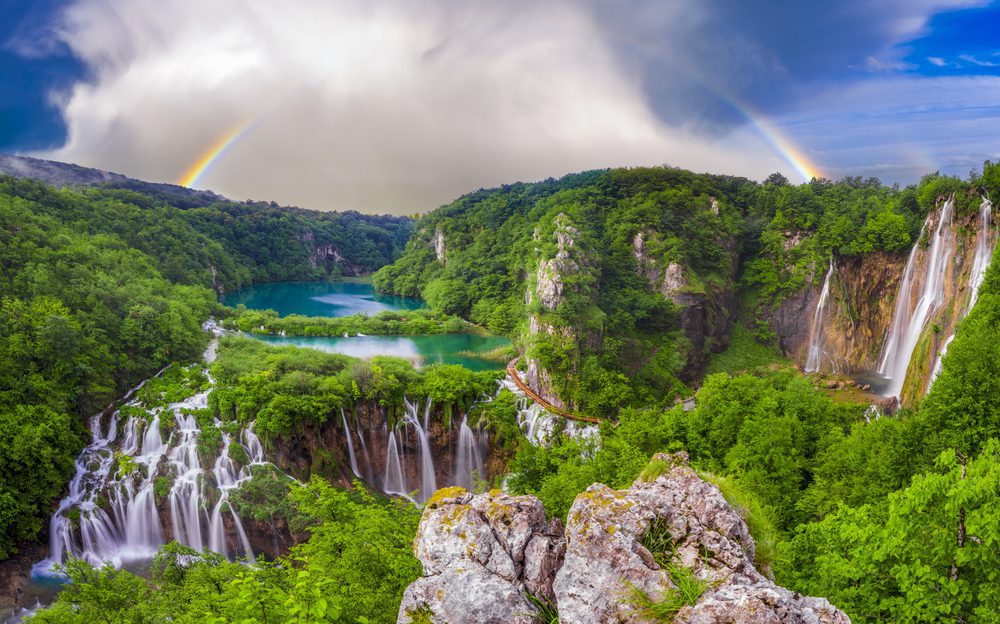
Plitvice Lakes National Park is a cluster of 16 interconnected lakes and waterfalls in central Croatia that drain into a limestone canyon. Those with a thirst for adventure will find this beautiful region to be a veritable paradise, ripe with opportunities for scenic hikes.
The limestone cliffs and rock formations, as well as the varying lake waters, will all be interspersed with boardwalks and trails for hikers. The mineral composition of each lake accounts for the resulting color variation. That this beautiful place was selected as Croatia’s first national park and is a popular summer destination is not surprising.
12. Belgrade
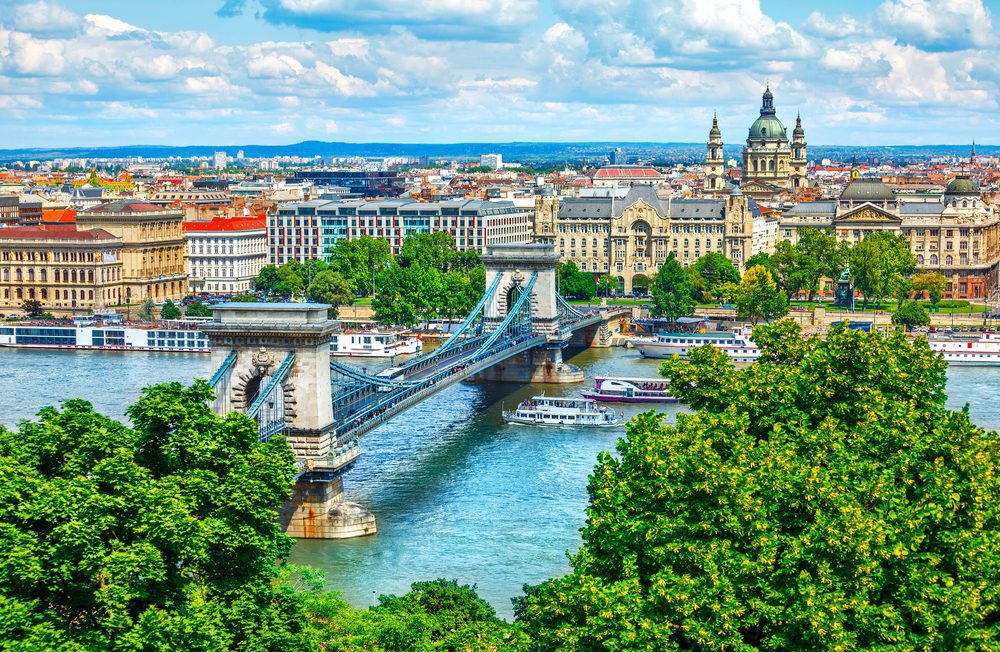
The city of Belgrade was founded a long time ago. The capital of Serbia, Belgrade, has been occupied by a wide variety of peoples, including Romans, Slavic tribes, Ottomans, and Habsburg kings and queens. More recently, it served as the Yugoslavian capital.
Belgrade is a strong and daring city that, although not always beautiful, has an eclectic vitality of its own. The city’s patchwork past can be seen in the contrast of Soviet blocks next to golden-period Art Nouveau buildings. It’s also one of the trendiest capitals in all of Eastern Europe and a lot of fun. Coffee shops abound in the Savamala quarter, as does the pedestrianized Knez Mihailova Boulevard.
11. Kyiv
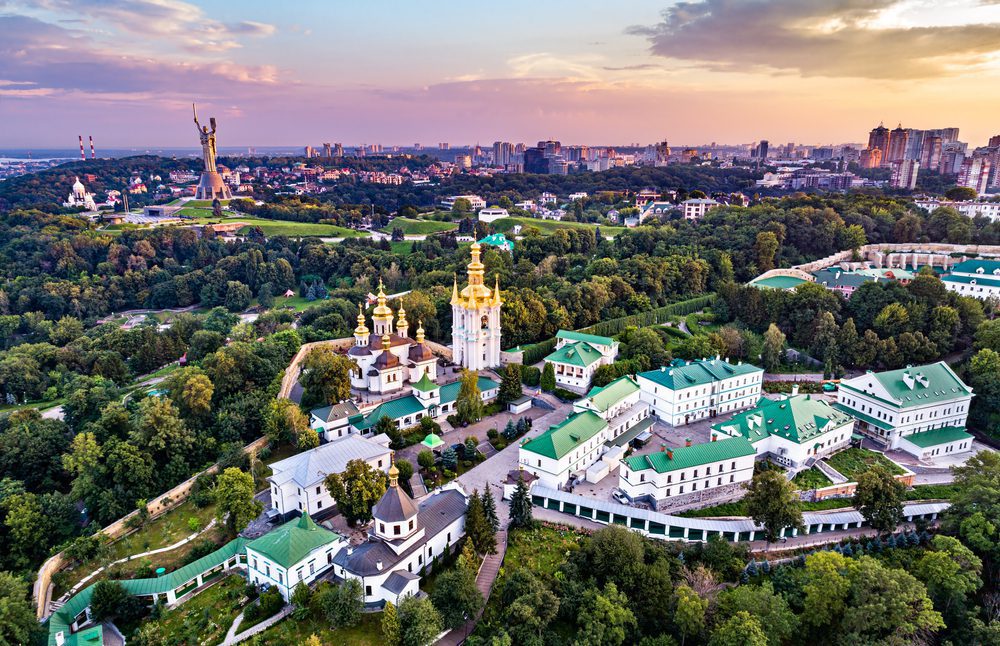
The capital of Ukraine is fascinating because of its energy, history, and unique atmosphere. Kyiv, the capital of Ukraine and Kievan Rus’, was founded in the 5th century AD, making it one of the oldest cities in Eastern Europe.
The Pechersk Lavra complex is a major Orthodox Christian church, and the Saint Sophia Cathedral, with its stunning interiors and golden domes, is another great spot to take in some history.
There’s also the Motherland Monument, a concrete wonder that will make your head spin. Weekends bring a bustle of activity to pedestrian-only Khreschatyk Street, as locals and tourists alike take advantage of the day off.
10. Lake Bled
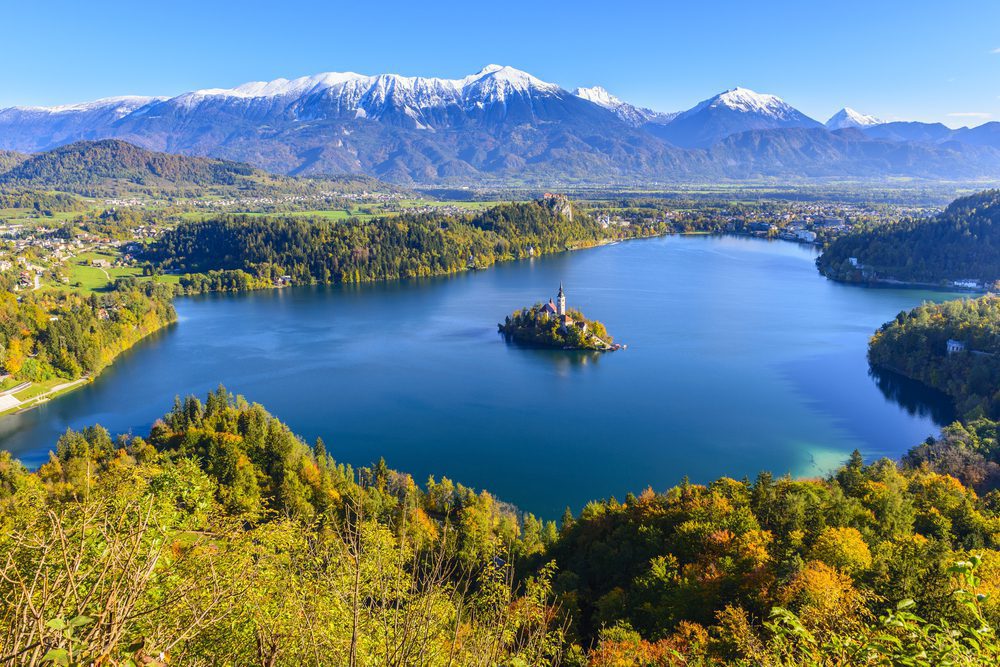
Lake Bled, the jewel of Slovenia, is located in the beautiful Julian Alps in the country’s northwest. One of the most breathtaking sights in all of Eastern Europe, this body of water is surrounded by forested hills and snow-capped mountains.
It is home to Bled Castle, perched precariously on a cliff above the lake, and Bled Island, the destination of traditional wooden boats known as pletna. The lake is surrounded by a network of hiking trails that pass through forests and small villages. Although many visitors choose to stay in Bled as their home base while visiting the lake, Ljubljana, the country’s capital, is also conveniently located close by.
9. Budapest
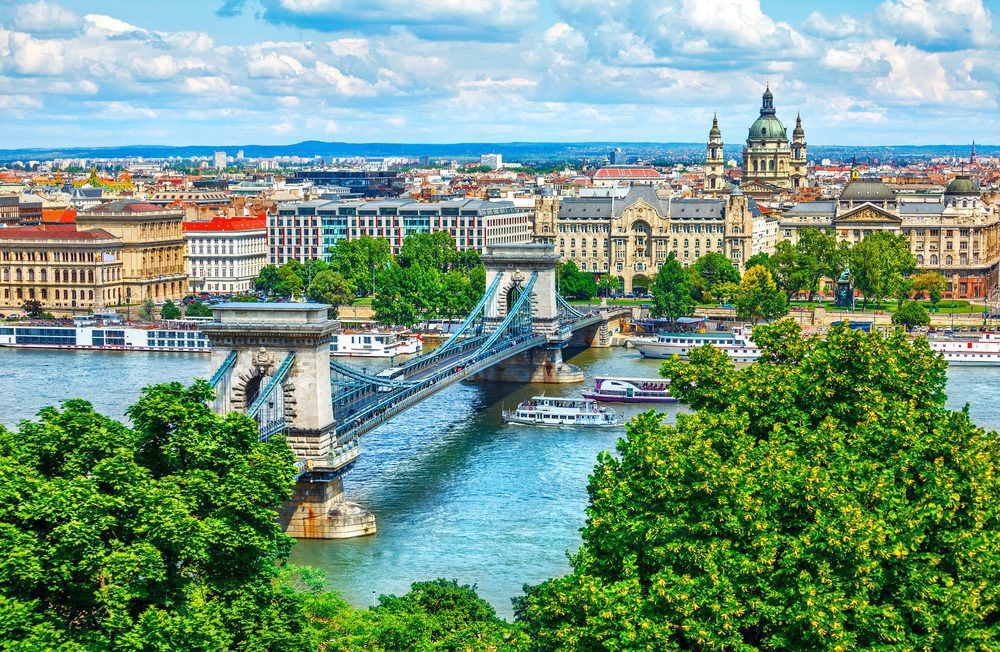
Budapest, the Hungarian capital that spans the Danube and was formerly the seat of the powerful Austro-Hungarian Empire, consists of the cities of Buda, Pest, and Obuda. Pest, located in Eastern Europe, is known for its Neo-Gothic spires, most notably the towering Parliament Building.
Buda’s Castle Hill, Matthias Church, and Fisherman’s Bastion all date back to the Middle Ages, while the city itself was founded by the Romans. Even older than that is Obuda, which served as the Roman capital of Pannonia (Aquincum) from 106 AD.
Among the many things to do in the city are soaking in the famous hot baths, seeing a performance of opera, cycling around Margaret Island, and partying in the city’s infamous ruin bars.
8. Bay of Kotor
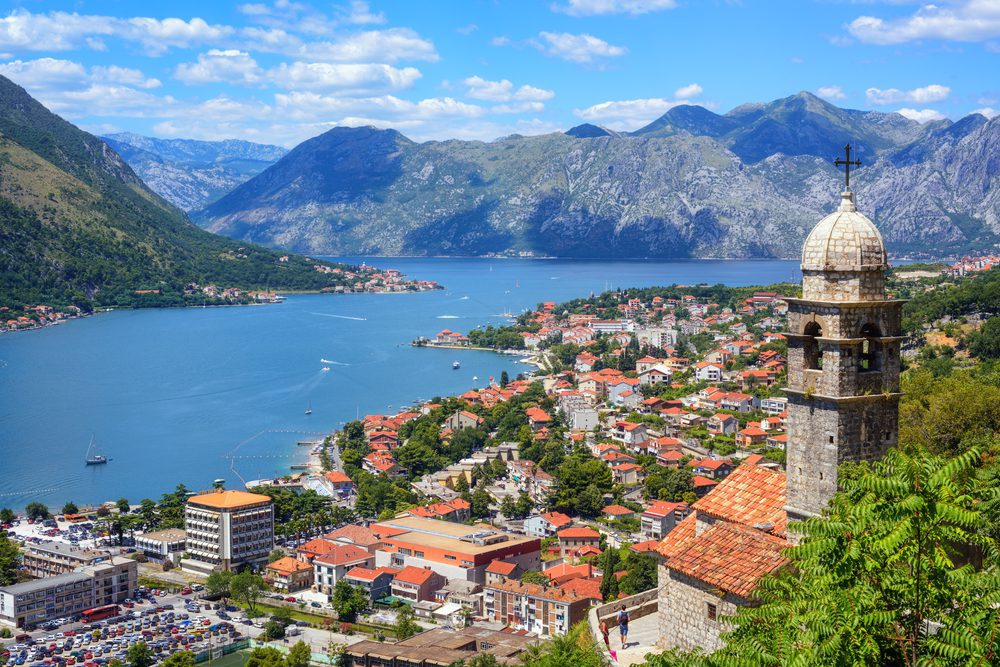
Located in southern Montenegro, the Bay of Kotor (or Boka) is a broad bay on the eastern Adriatic Sea. It’s an attractive region characterized by rugged green hills and medieval towns, with red-roofed buildings sloping down to the coast. The area is rich in amazing views, such as old citadels and islands topped with monasteries, and is best explored by car along its winding roads.
When it comes to picturesque bays in the area, the Bay of Kotor stands head and shoulders above the rest, and it doesn’t hurt that visitors can enjoy fresh seafood and romantic candlelit meals by the sea on a near-constant basis. The old town of Kotor is a Venetian marvel, and it’s definitely worth staying there because of the stunning mountain scenery.
7. Tallinn
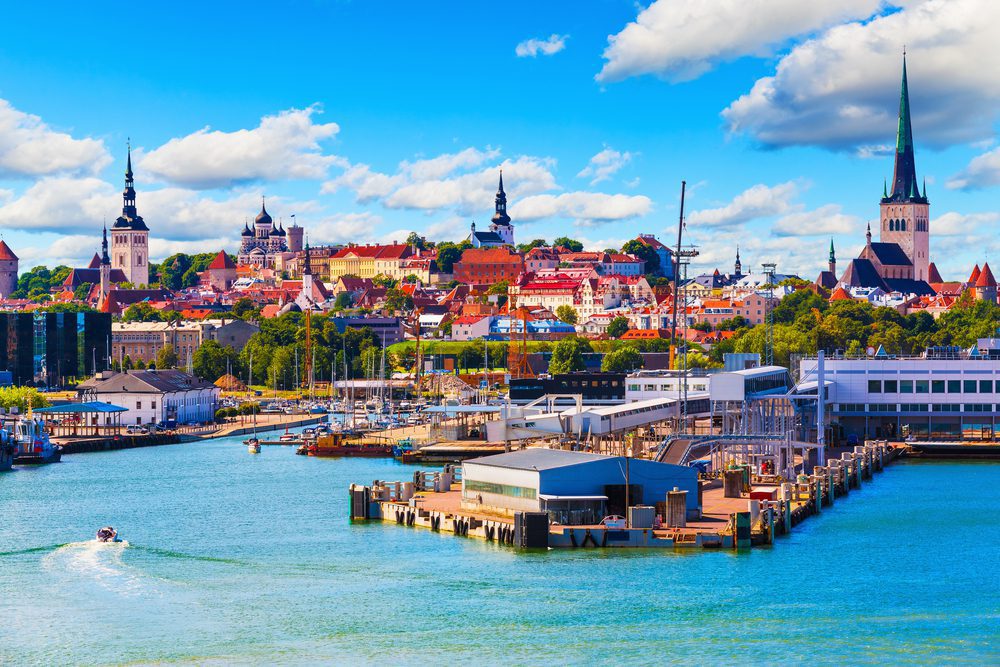
Tallinn, the Estonian capital, is a tempting destination. As soon as you pass through the majestic medieval Viru Gates and into the old town, which dates back to the 14th century and was constructed as a defense system, you will be immersed in history.
The city wall around Tallinn can still be walked on in places, with windows offering glimpses of the picturesque city below, while the Kohtuotsa Viewing Platform atop Toompea Hill provides stunning panoramas of the cityscape.
Saint Olaf’s Church, for example, dates back to the 1200s and is one of the many medieval churches in the area. Tallinn is not without its hipster side; Telliskivi Creative City, housed in repurposed warehouses, is home to trendy restaurants, bars, and shops.
6. Transylvania
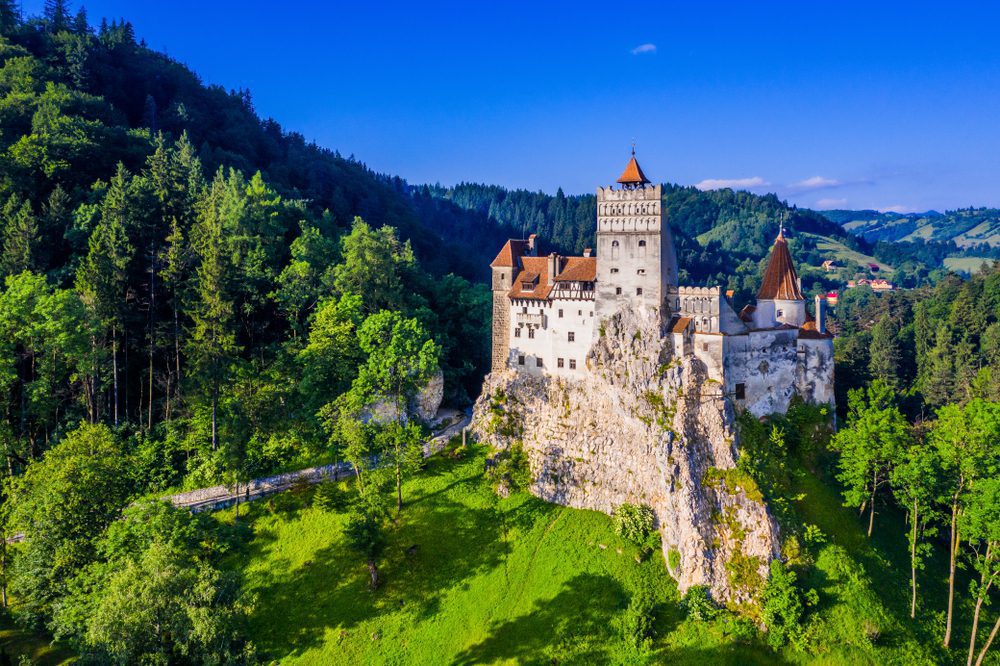
The name “Transylvania” has become almost synonymous with “Dracula” and “vampires” in popular culture due to its association with the central Romanian area. While this isn’t strictly accurate, the landscape of the Carpathian Mountains in Transylvania certainly lends an air of epic beauty to the region. Villages and local life thrive in the countryside, which is dotted with open fields and forested hills.
The famous Bran Castle, also known as “Dracula’s Castle,” is one of numerous medieval fortresses built in the area by German immigrants. Those interested in Saxon medieval architecture cannot miss the vibrant city of Sighisoara. The various hot springs in the area are also highly recommended.
5. Saint Petersburg
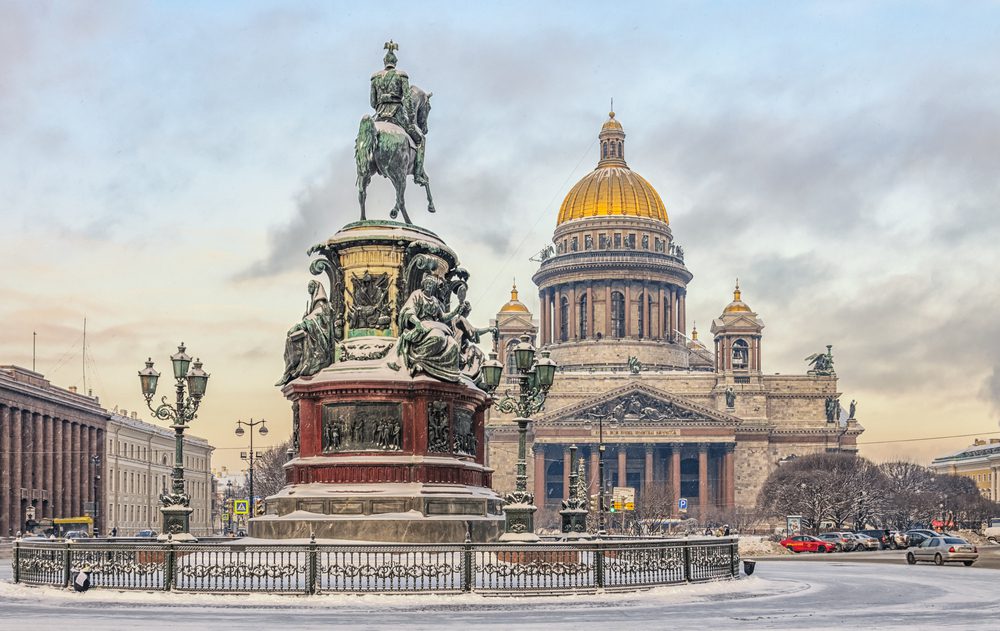
St. Petersburg, the former imperial Russian capital, now serves as the country’s cultural epicenter. The city was established by Peter the Great in 1703 and has several ornate imperial structures. As for other attractions, there’s the State Russian Museum, where you can ponder Kandinsky’s works, and the grandiose Church of Spilled Blood, built in the 1880s.
The Hermitage Museum has a stunning collection of antiques in six buildings, the most famous of which is the beautiful Winter Palace. In addition to its location on the Baltic coastline, the city of St. Petersburg is known for its many canals, each of which leads to a unique neighborhood with excellent food options, cafes, and nightlife.
4. Krakow
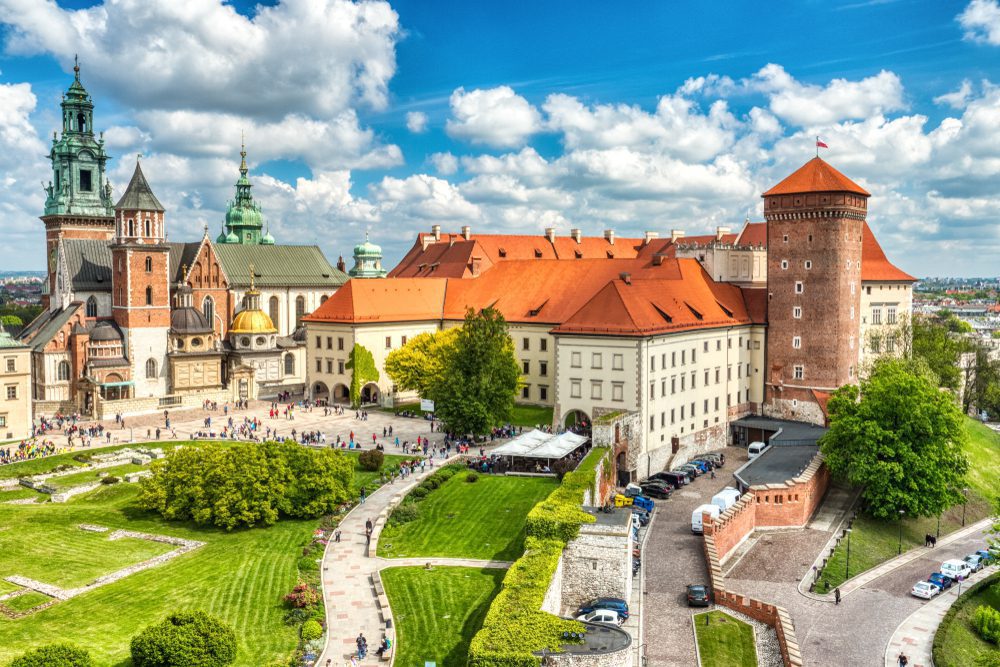
Located in southern Poland, not far from the Czech border, this city was formerly the country’s capital. There’s a fascinating contrast between the city’s ancient architecture and its hip, contemporary nightlife. Krakow’s main attraction is its old town, which includes the 13th-century Rynek Glowny, a cafe-lined market square where the enormous Cloth Hall stands out.
The city’s Old Jewish Quarter, Kazimierz, is also well-known. Kazimierz, Krakow’s old Jewish quarter, has been revitalized with trendy shops and excellent restaurants; the area is also home to many sites featured in the film Schindler’s List.
3. Dubrovnik
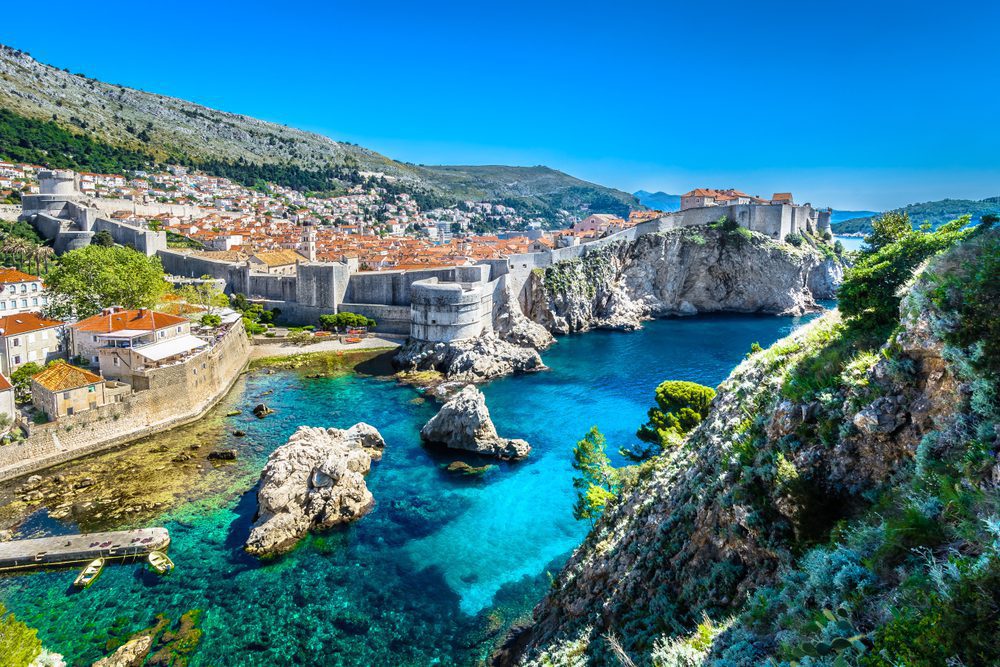
Dubrovnik, in the south of Croatia on the Adriatic Sea, is well-known for its old town. After being damaged by shelling in the 1991 Balkan Wars, this walled, medieval town has been restored to its former glory. Stroll around the city walls and take in the stunning Baroque architecture; spend afternoons at sidewalk cafes taking in the city’s magnificence.
Explore the town by foot along the Stradun, pick up some fresh vegetables at the morning market in Gundulic Square, and take a nap in one of the many comfortable hotels in the area. In and around the fortress are several shooting sites, making it a must-see for fans of both Game of Thrones and Star Wars.
2. Moscow
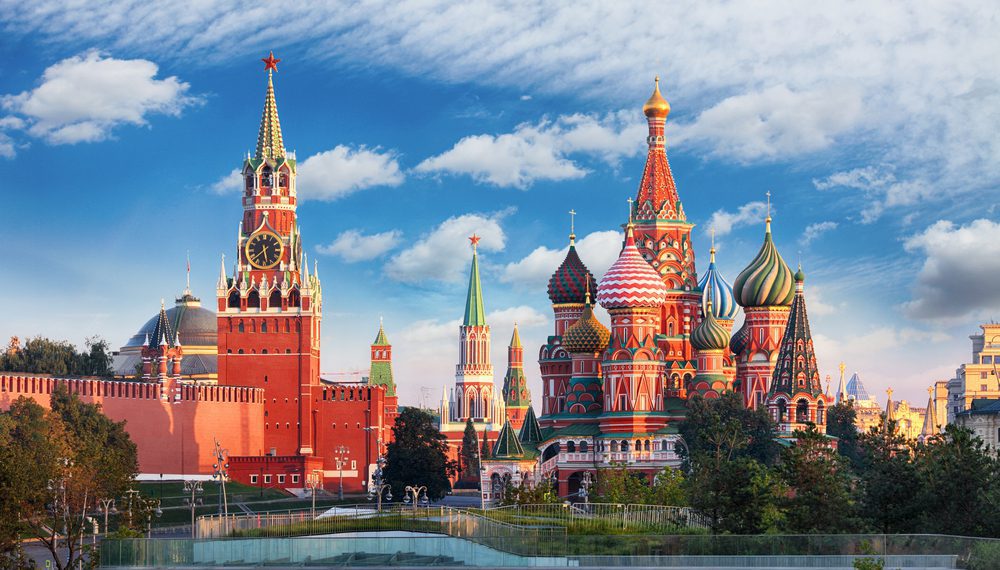
It is essential that you go to the Russian capital. Red Square, a representation of Russia’s power, the Kremlin, a historic castle turned presidential complex, and Lenin’s Mausoleum, where the former Communist leader lies in peace, are all located in this city.
Saint Basil’s Cathedral, with its dazzling onion domes, should also not be missed. You can find out even more about Moscow by visiting its many museums, such as the State Tretyakov Gallery and the Pushkin State Museum.
The Bolshoi Theatre is where you can view world-famous ballet performances. Moscow’s youthful energy can be seen in the Garden Ring District, which is where you’ll discover the city’s nightlife and bars.
1. Prague
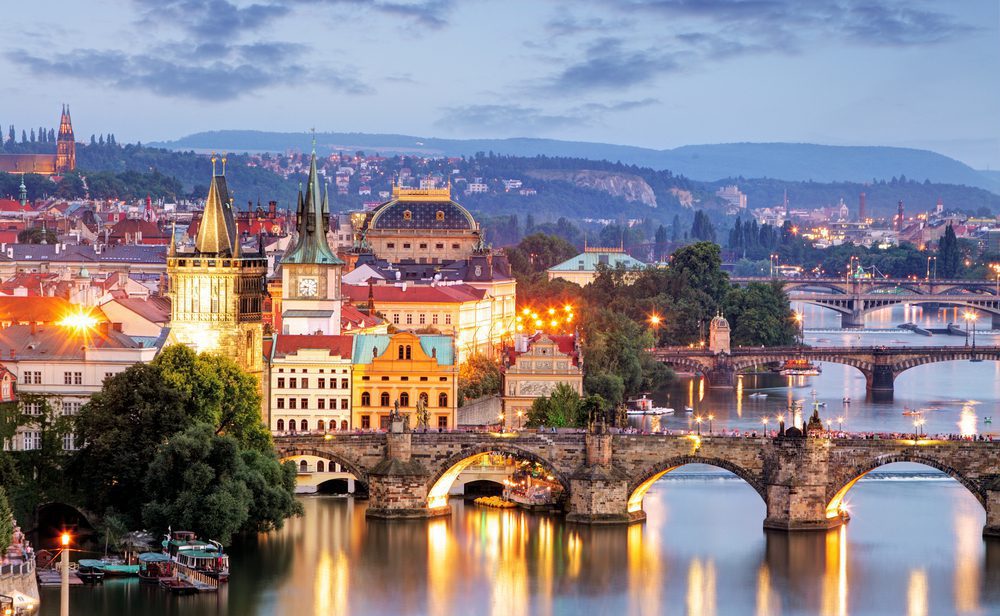
The old town of Prague is bursting with Gothic, Renaissance, and Baroque architecture, with towering spires that make the skyline seem like something from another world, earning Prague the nickname “City of 100 Spires,” which is not entirely inaccurate. Prior to becoming the capital of the Czech Republic, Prague served as the seat of power for the Kingdom of Bohemia.
The Prague Castle, which dates back to the 9th century AD, is only one of several historical landmarks in the city. The Prague Astronomical Clock, the oldest in use in the world, can be seen in the old town square, and the Gothic towers of the Charles Bridge, built in the 14th century, are a sight to behold.
Prague is one of the most visited cities in Europe, so there is naturally no shortage of hotels, restaurants, and clubs to enjoy during your stay.


